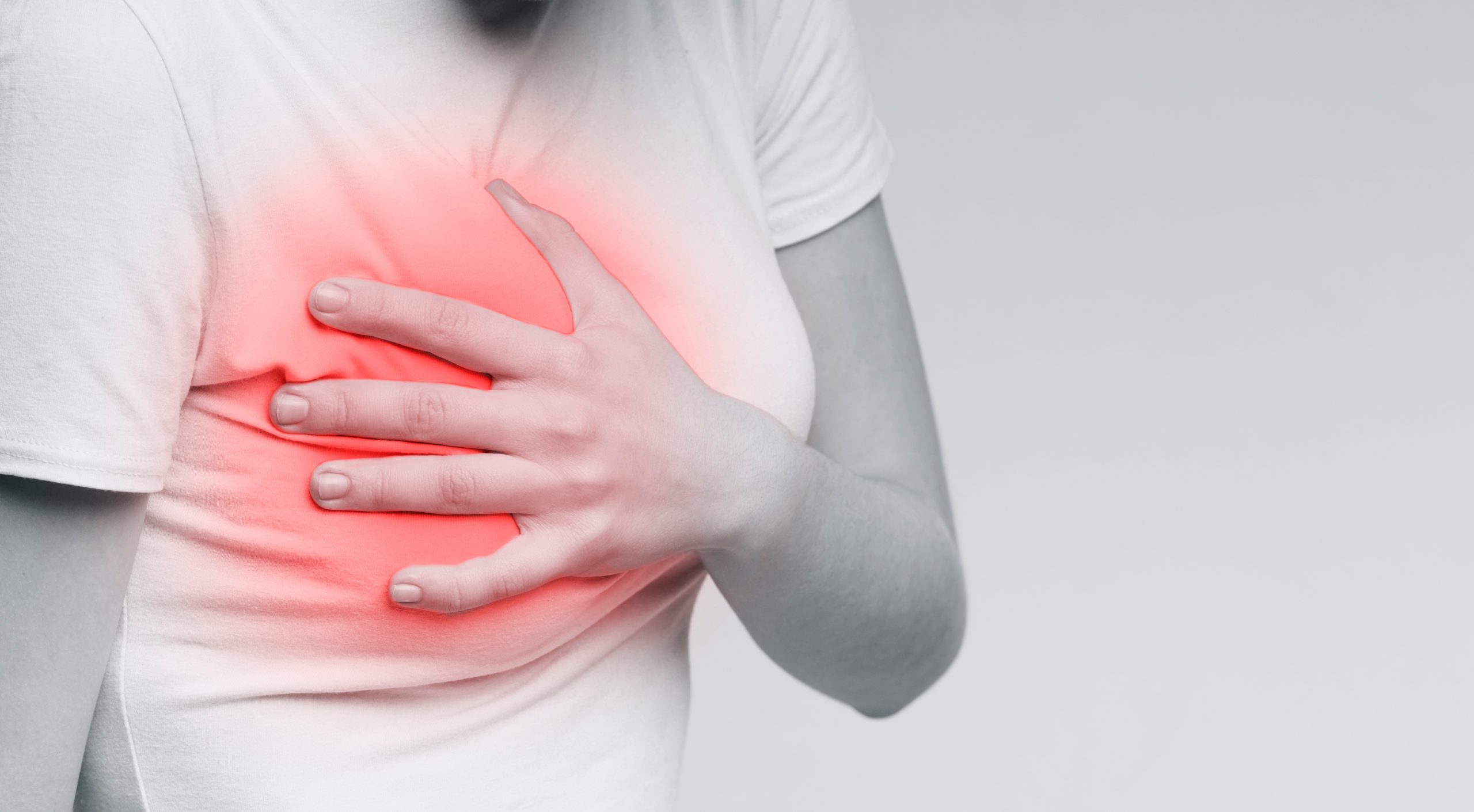Lactation mastitis is an irritation of breast tissue that occasionally includes an infection of the underlying tissues with a pathogen. The infection brings about breast pain, swelling, warmth, and redness. Fever and chills may likewise be an accompanying symptom.
Mastitis mostly is apparent in ladies who are lactating (lactation mastitis). Be that as it may, mastitis can happen in ladies who aren’t lactating and in men.
Lactation mastitis can make you feel run down, making it hard to think about your child. Once in a while, mastitis drives a mother to wean her infant before she plans to. It is better for you and your infant to proceed with breastfeeding than to wean the infant off breastfeeding completely, even when you are taking antibiotics.
The fundamental driver or causative agent in mastitis is milk being caught in the breast. Various reasons behind mastitis include:
A blocked milk duct. If a breast doesn’t empty at feedings, one of your milk ducts can get blocked up. The blockage makes milk back up, prompting contamination of your breast with pathogens
Microbes entering your breast. Microorganisms from your skin’s surface and child’s mouth can enter the milk ducts through a split in the skin of your areola or through a milk duct opening. Dormant milk in a breast that isn’t purged gives a rearing ground for the microorganisms.


